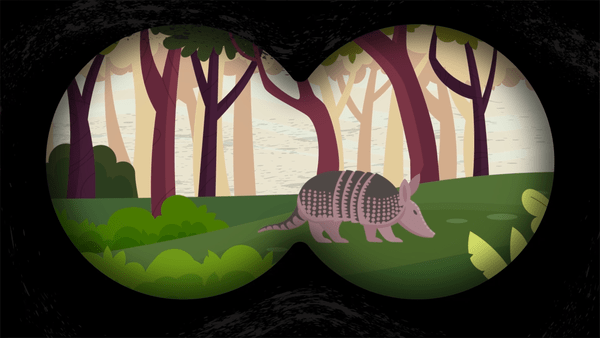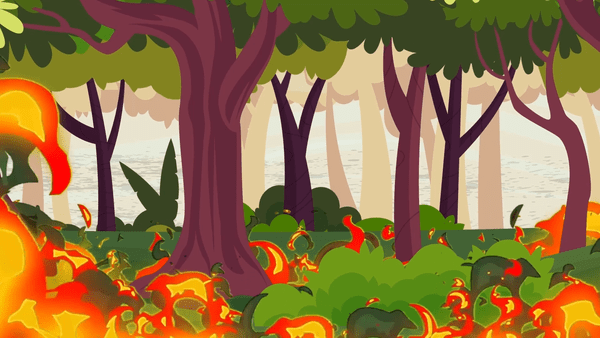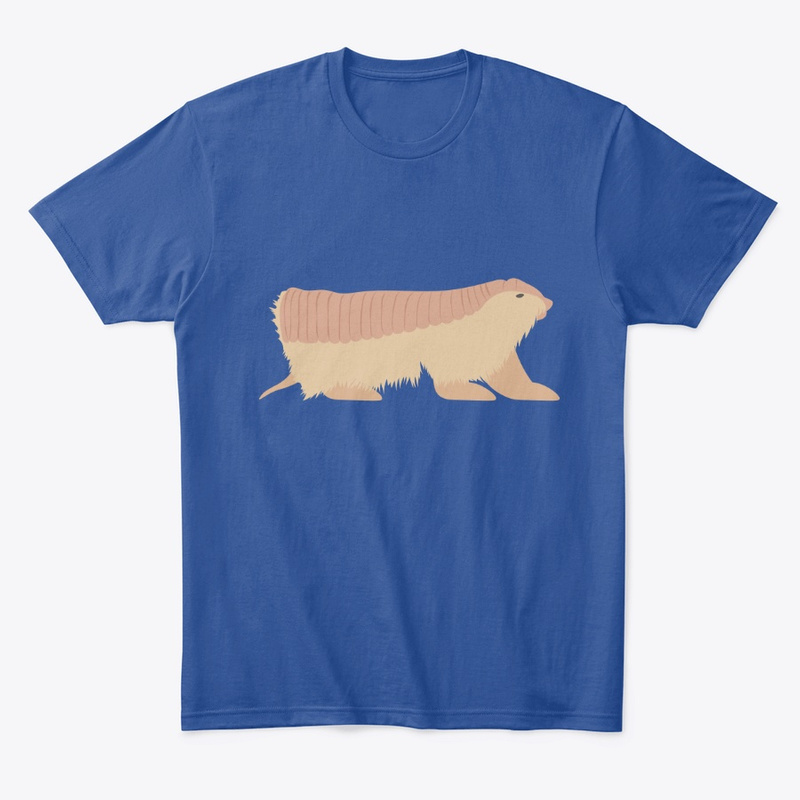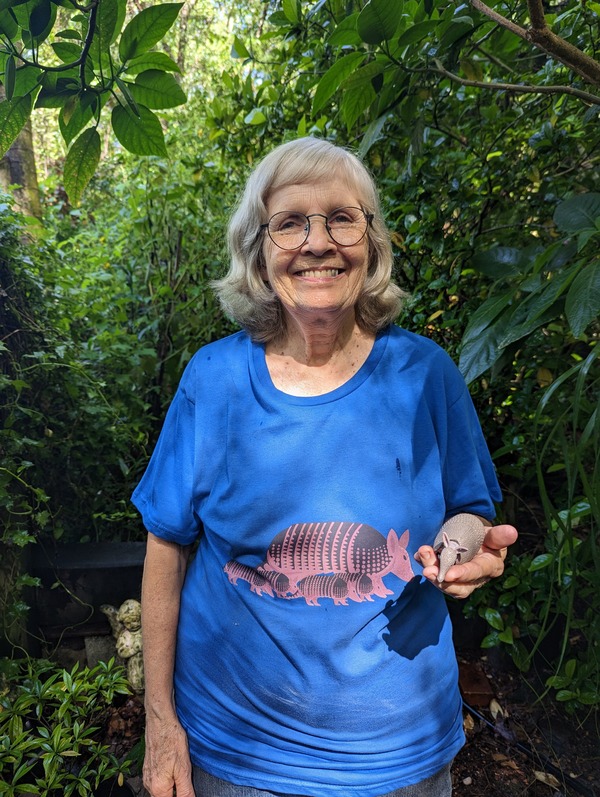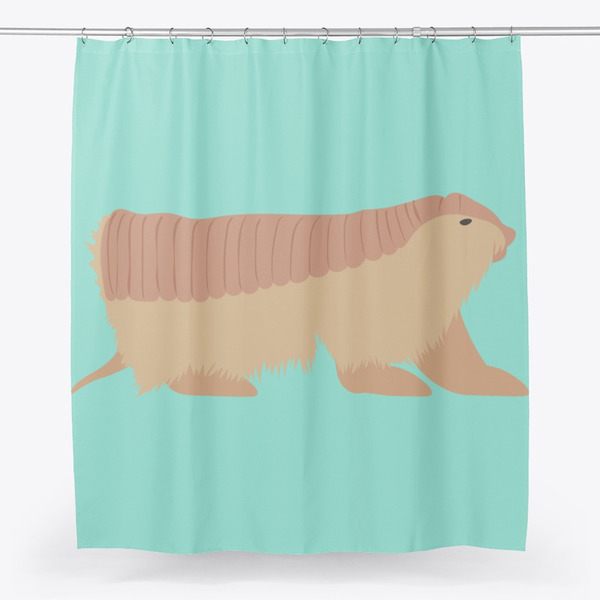
Screaming Hairy Armadillo
Chaetophractus vellerosus
Reproduction: One or two offspring per litter. Breeds between the end of winter and beginning of spring.
Weight: 0.6 to 1.2 kg
Diet: Mainly beetle adults and larvae, and sometimes plant material, small vertebrates, and other invertebrates
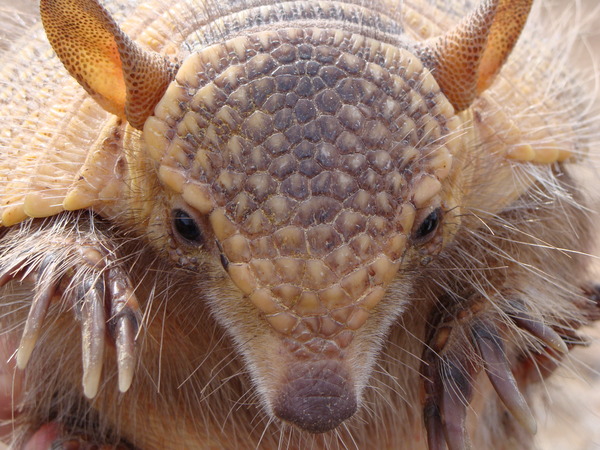
Screaming hairy armadillo "screaming"
Common Names
English – Screaming Hairy Armadillo
Spanish – Piche Llorón, Quirquincho Andino, Mulita, Quirquincho de la Puna, Quirquincho Chico, Tatú Llorón
German – Kleines Borstengürteltier, Weisshaar-Gürteltier
Portuguese – Tatu-Chorão
French – Petit Tatou Velu
How to Identify:
Carapace Brown or pale tan. Covered with dense hair Ears 3.2 cm, proportionally long Moveable bands 6-8
IUCN Red List
Species are classified into one of nine Red List Categories: Extinct, Extinct in the Wild, Critically Endangered, Endangered, Vulnerable, Near Threatened, Least Concern, Data Deficient and Not Evaluated. Vulnerable, Endangered and Critically Endangered species are considered to be threatened with extinction.

Screaming hairy armadillo Facts
- The common name of this species is related to its high-amplitude distress call when captured by predators or disturbed by humans. Its loud weeping calls are composed of five note types: crying, inhaled, inhaled sobbing, exhaled sobbing, and grunt notes.
- Its carapace is used, among others, to make charangos, a musical instrument.
- Screaming hairy armadillos produce highly concentrated urine as an adaptation to living in desert environments, where water is not easily available.
- In some areas they are diurnal in winter and nocturnal in summer.
- They can live up to 6-10 years.
Habitat
- Savanna
- Shrubland
- Grassland
- Desert
- Pastures
- Agricultural areas
 Population Trend
Population Trend
• Stable
 Threats
Threats
• Habitat Loss
• Hunting
• Dogs
• Road accidents
Here are some ways YOU can help keep armadillos healthy and safe:
– It is best to observe them from a distance and in silence.
– Our pets could attack them. It is important to keep your dog on a leash when you go for a walk, or keep your pets at home in an enclosed and safe area. In addition, taking care of our pets also means spaying and neutering them so that they do not breed without control.
– Another way to help protect the areas where armadillos live is by not starting fires.
– Armadillos love to live in nature, keeping them as pets is not good for them. Keep in mind that they don’t like selfies either.
– If you find an injured armadillo, contact a wildlife hospital so they can help it.
– Deforestation is often caused to make more land for livestock. Eating less meat may help save our forests.
Test your new knowledge!
Test your new armadillo expertise by visiting our armadillo word search, puzzles, coloring sheets and name games!
Check out this video to see how much you have learned!
The Anteater, Sloth, Armadillo Specialist Group has a store that directly helps xenarthran conservation!


 Population Trend
Population Trend Threats
Threats



